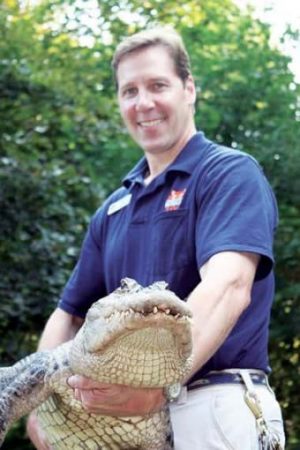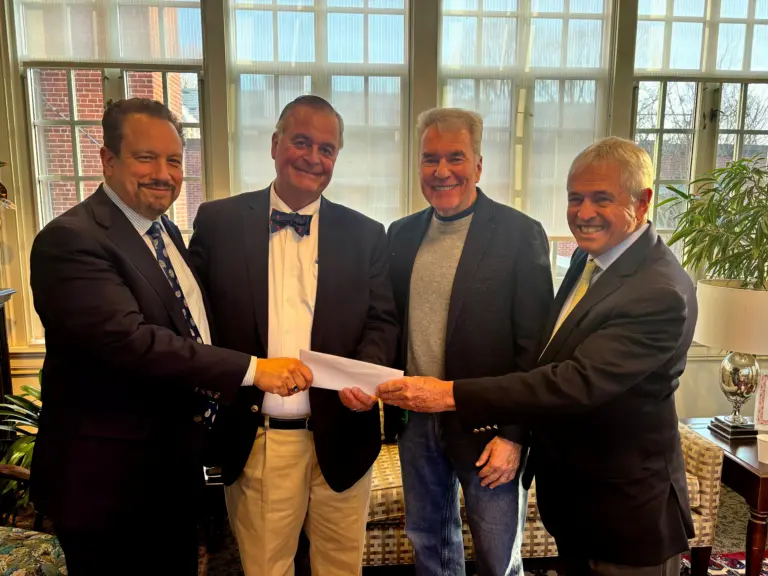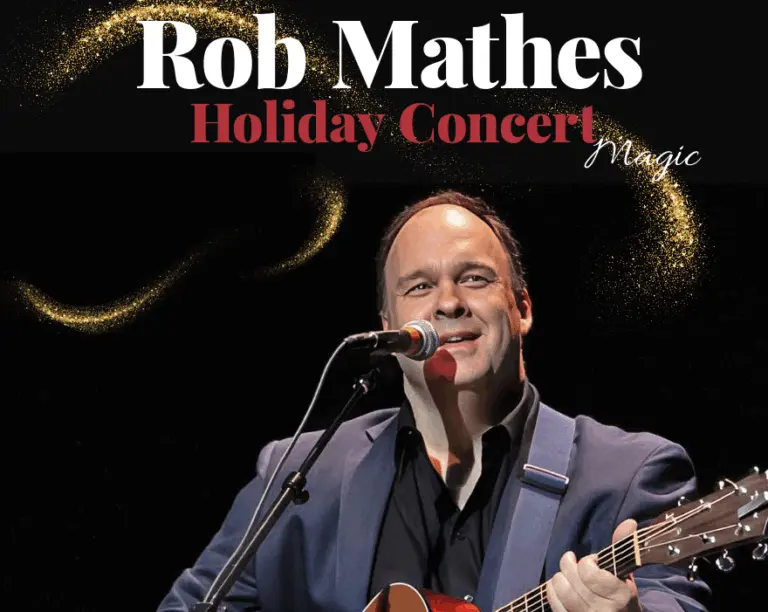
By Jim Knox
Earlier in October, The National Oceanic and Atmospheric Administration (NOAA) issued a warning to sailors, ferry captains and other boaters on Long Island Sound. This alert was not for a Nor’easter, nor was it for a toxic spill, or even a cruising Great White. This was a collision warning to ensure human and animal safety alike, for a rare yet increasingly more frequent occurrence–encounters with Humpback Whales.
After an absence of decades, confirmation of the return of Humpbacks to Fairfield County waters was a welcome sight to all over the past several years. With full protection in 1973 under The Endangered Species Act, these whales are now frequenting their historic feeding grounds in the 21st century. This resurgence is a sign that our conservation protections are working and that prey populations of fish and krill are robust. What’s more, their reemergence restores balance and energy flow to recovering ocean food webs.
Having grown up hardly more than a surf cast from the sound’s sheltered waters, I was at first incredulous, and then elated, at the homecoming of the great whales.
Megaptera novaeangliae, more commonly known as the Humpback Whale, is one of Mother Nature’s marvels. In a sea of astonishing creatures, the huge beasts have few that rival their scale or grace. Latin for “big wing of New England” referring to their massive 16-foot-long winglike pectoral flippers, and their discovery off New England’s coast, Humpbacks use their flippers to maneuver in pursuit of prey, and to evade the occasional orca pod.
These beasts are impressive. As one of the only animals to employ “the power of the bubble”, they utilize a strategy known as bubble-netting to corral fish such as Menhaden into their enormous, baleen-curtained maws. They are also famous for their mournful calls, known as whale songs, which are believed to advertise male fitness to females over vast distances. Cornell University researchers estimate Humpbacks can actively communicate at a distance of 100 miles, and that their songs can travel 10,000 miles through the world’s oceans without loss of their acoustic power.
My first sight of these creatures was from 4,000 feet up, aboard a single-prop Dehavilland Beaver bush plane, over Alaska’s Cook Inlet. Seated to his right, I asked our pilot if he could take us down for a closer look. He kindly obliged and we were rewarded with a spectacle few have the great fortune to witness–and none have the ability to forget. From directly above the great whales, we saw them rocket free of the glacial waters in a process known as breaching. The sight of these 50-foot, 65,000-pound behemoths launching their bodies skyward to completely escape the water is hard to convey. Whether it is to rid themselves of parasites, as researchers surmise, or simply to express excitement, Humpbacks breach to demonstrate what no other great whale achieves. I told you they were impressive…
Along with the return of Bald Eagles, Wild Turkeys, Peregrine Falcons, Harbor Seals, moose and Black Bears to Fairfield County, the return of this iconic species to our waters represents far more than a good news story. The reclaiming of their native habitats by these diverse species is an unqualified success. It confirms our suspicions that our efforts are paying off, that a cleaner environment is more diverse and resilient. It also gives us well-founded hope.
This success didn’t happen overnight and it didn’t happen by accident. The foundation for the return of this species was carefully laid brick-by-brick, and the identity of these meticulous masons might surprise you. Of course their ranks include wildlife biologists, wildlife professionals and committed public officials. Yet they also include commercial fishermen, coastal residents, scouting groups and students. Their individual and collective efforts include: educational talks, advocacy, beach clean ups, species monitoring and countless other actions to make their corner of the wild world healthier and stronger.
One such local group which is making a profound difference in the lives of marine creatures, and the humans who cherish them, is Future Frogmen. Founded by Cousteau-expeditionist, author and educator, Richard Hyman, Future Frogmen preserves the legacy of Captain Jacques-Yves Cousteau and shares the lessons learned aboard Calypso exploring the world’s waters. Welcoming conservationists of all ages, Future Frogmen fulfills its grass-roots student-run initiative to share information about our planet’s waters. In doing so, it empowers high school, college, graduate, and PhD students, and members of the community, with the knowledge and the network to educate, share and conserve.
Though his exploration has taken him around the world, Mr. Hyman traces his roots back to coastal Fairfield County. It was here, he learned the power of the waves to reach us, and to teach us. Following his lead, and that of the young stewards of Future Frogmen, there are simple, tangible actions each one of us can take to protect our coastal waters and the magnificent creatures which inhabit them. While it may be only an occasional visit for now, the mere sight of whale spout above the waves off Greenwich, gives me hope that–with enough caring–anything is possible. Long Island Sound’s waters continue to inspire. They also continue to nurture both creatures conservationists of all ages and Captain Cousteau’s philosophy of “Know, Love, Protect” is as vital, as essential, now as it has ever been.
Jim Knox serves as the Curator of Education for Connecticut’s Beardsley Zoo and as a Science Adviser for The Bruce Museum. Jim shares his passion for working with the world’s wildlife with audiences and readers of all ages.




